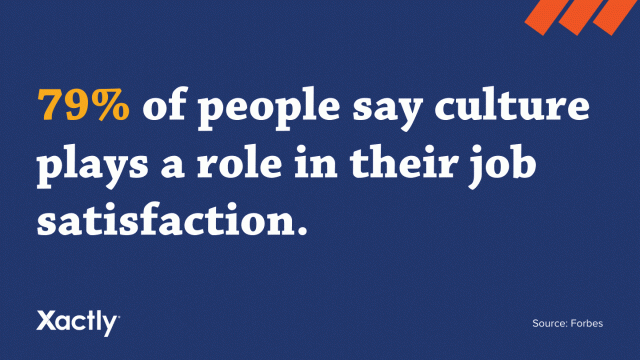Today’s businesses are at a turning point. We’re in the midst of one of the biggest workforce transformations in history—what many are calling “The Great Resignation.” A record 11.5 million people quit their jobs between April and June of this year, according to the Labor Department.1 And nearly half of employed individuals (41 percent) are considering quitting their job, according to Microsoft data.2 As a result, companies of all sizes are struggling to maintain their workforces.
This mass resignation uncovers a major problem: during one of the most emotionally and economically trying times in recent history, the typical workplace perks weren’t what employees needed. Today, 57 percent of people say they’re burnt out, according to SHRM research.3 And over the past year, many realized the stress and burnout weren’t worth those “perks” any longer.
The Great Resignation isn’t a matter of pay or office perks. Employees want to feel valued, heard, and supported in their workplaces, and their happiness is the difference between business success and failure.
Employee Happiness Must be a Top Priority
The solution to the Great Resignation is simple: prioritizing employee happiness. Today, that requires more than free snacks, office slides, and unlimited swag. The pandemic revealed a lack of workplace empathy and wellness. As we move forward, workplace culture, flexibility, and empathy are key to retaining employees.
We’re avoiding the ‘great resignation’ by encouraging our people to be ‘learn-it-alls.’ Focusing on employee growth and creativity helps us keep the best talent. That's good for our customers and for our community. When people are happier, everyone wins.
Employees need to feel that their time, work, and wellness are appreciated and respected. This can differ for every company, but some of the most successful initiatives include:
- Work flexibility, allowing employees to work from almost anywhere
- Stipends to create productive, comfortable remote workspaces
- Mental health days to promote employee wellness
- Direct, clear communication with leadership and executives
- Educational opportunities and training
Happier Employees Create Successful Businesses
When employees are happier, everyone benefits. Businesses with higher levels of employee satisfaction are more profitable,5 have higher customer loyalty,5 and generate more sales.6 It’s the difference between top and struggling workplaces.
When you give your employees a voice, you come together to navigate challenges and shape your path forward. [The best] workplaces draw on real-time insights into what works best for their organization, so they can make informed decisions that have a positive impact on their people and their business.
To learn more about how we’re improving employee happiness at Xactly, check out our recent announcement of our 2021 Bay Area Top Workplace Award.
Sources
- US Bureau of Labor Statistics, Job Openings and Labor Turnover Summary
- Microsoft, 2021 Microsoft Work Trend Index
- SHRM, Turnover ‘Tsunami’ Expected Once Pandemic Ends
- Forbes, 10 Timely Statistics About The Connection Between Employee Engagement And Wellness
- Gallup, Q12 Survey
- Forbes, Promoting Employee Happiness Benefits Everyone





